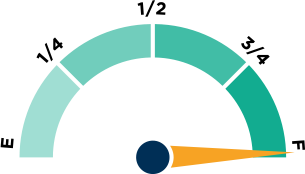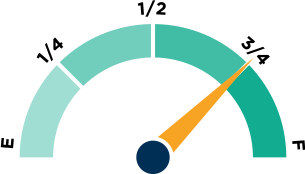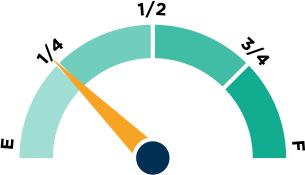Florida
Rank
Florida reigns supreme at 1st with an A-, setting the gold standard for education freedom. A vibrant array of programs and expanding options grant families unparalleled flexibility to craft their ideal learning journeys.
More equitable funding measures and new opportunities for growth established in 2023 make the opportunity-friendly Sunshine state's charter law the strongest in the nation!
Florida’s students can earn a CTE diploma through work-based learning, have access to Innovation Schools and Zones, which provide flexibility in schooling models, and programs that focus on technology and personalized, competency, and/or mastery-based...

Governor DeSantis’s leadership has resulted in major expansions of programs that accelerate and expand parent power in The Sunshine State. While he’s taken heat for other efforts, most parents are thrilled by the millions of new opportunities his efforts have...
Florida leads the nation with expansive equitably funded education freedom programs, making it possible for more and better education opportunities like those afforded by 2022 Yass Prize finalist SailFuture to be available to marginalized students. Not only...
A record number of states now offer universal Education Savings Accounts (ESAs)—giving nearly all families access to public funds to customize their child's education.

Florida does an exemplary job at providing information that is accessible to education stakeholders. School and district report cards are easy to access from Florida’s Department of Education homepage under the “Explore → School Accountability” tab. School...

One of many data points to assess whether a state has the right policies in place to ensure teacher quality is the "use of student achievement data in teacher preparation accountability." How empty or full the fuel tank above is will give you the answer for your state.

Florida's Blaine Amendment has been interpreted as prohibitive of using public funds for private schools and has been used twice to strike down an Opportunity Scholarship Program.